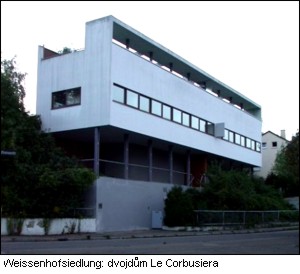Quote:
|
over time Skyscrapers became more simple and less artistic.
|
...uh huh...
well, first, what is artistic?? second, what's wrong with simple? if you ask me, the more simple the more better. third, over time
Skyscrapers have ebbed and flowed between an entire spectrum of design, from ... simple and featureless ... to ... tacky and over-embellished ...
actually, the chicago school of architecture, that little movement that created the skyscraper, gave us elegantly simple buildings. in fact, one of the main functions of the chicago school was to break away from the ornamentation (useless decoration as the chicago architects saw it) seen in the old european styles that were so in vogue in the late 1800's.
notice the simplicity of the burnham and root's monadnock building, built in 1891:





the subtle detail and nuance achieved in such simple and elegant design is what, imo, make this building one of the STRONGEST designs ever to come out of such a great movement in architecture.
look at the simplicity in the sullivan stock exchange building:

or jenny's second leiter building:

the chicago school was DEFINED by simplicity.
do i really need to remind you about the simple beauty and amazing elegance that mies gave his skyscrapers? ...murphy maybe? the pure genius of SOM's inland steel.



...anyway, before naysaying modernity, simplicity, minimalism, functionalism... whatever... perhaps you should read some of the essays by anyone from the werkbund movement... or maybe check out the concepts adolf loos introduced... maybe that'll help anyone who doubts simplicity and favors ornamentation and decoration.


modernity is god. and crown hall is mecca...







